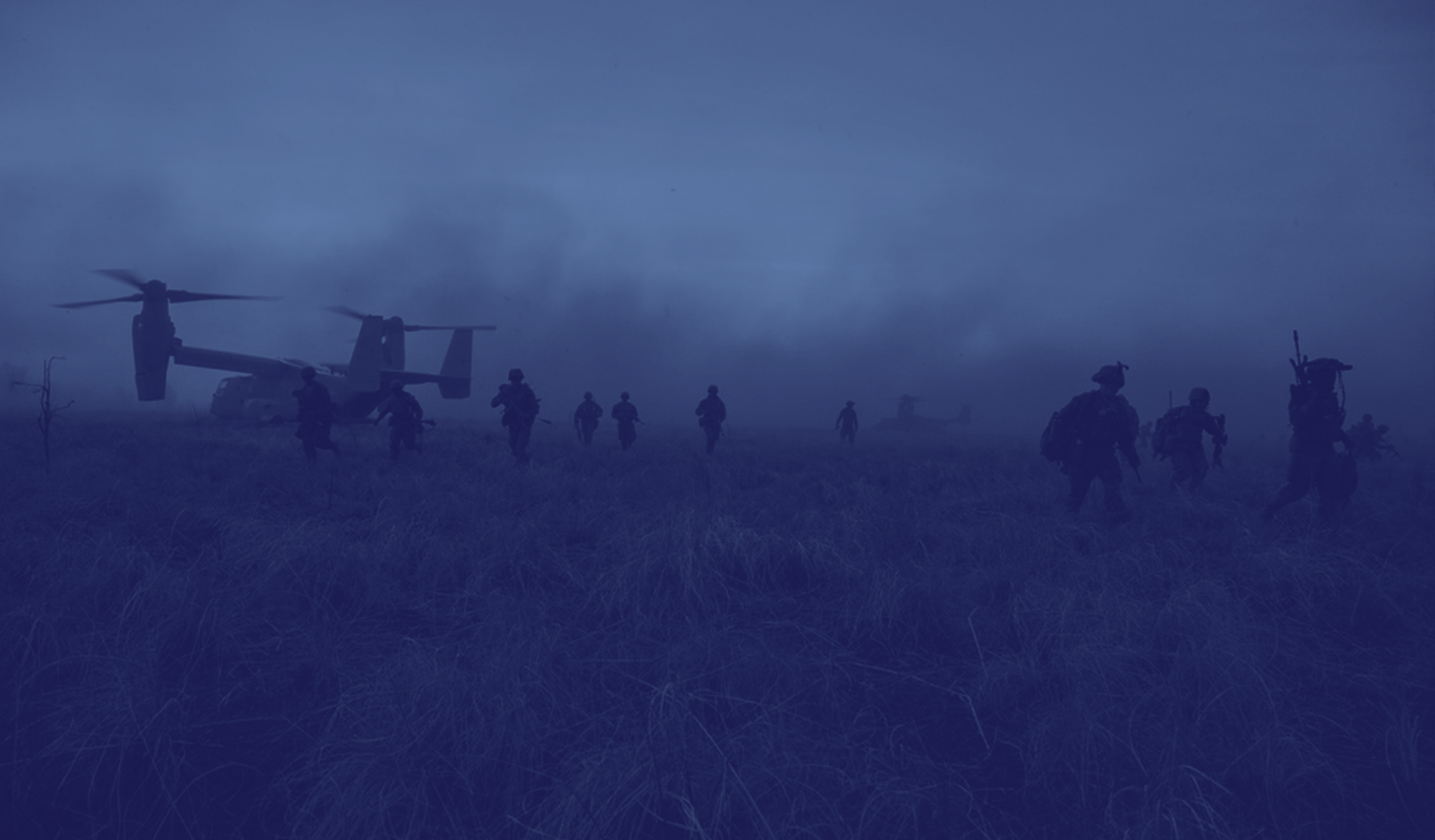Women Marines Reserve Band
by Colonel Mary V Stremlow, USMCR (Ret)
Probably the most colorful of all the Women’s Reserve units was the Marine Corps Women’s Reserve Band formed in November 1943 by Captain William F. Santelmann and trained by members of the Marine Band. Prominent music schools and colleges were canvassed for candidates and talented enlisted women were auditioned to find the requisite 43 musicians. Its director was Master Sergeant Charlotte Plummer, formerly director of the Portland, Oregon, public school system band and member of the city’s municipal band.
 |
| The WR Band at Parris Island, trained by musicians from the Marine Band in Washington, D.C., played for women’s reviews and men’s formal guard mounts, and entertained both on and off of the bases throughout the country during the war. Photo courtesy of Sarah Thornton |
The Camp Lejeune-based band gave concerts at Parris Island, Cherry Point, Henderson Hall, and on national radio programs. It played at guard mounts, inspections, graduations, dances, and occasionally at the officers club. It may be best remembered for stirring performances at the weekly Saturday morning MCWR recruit depot reviews, marching to the rhythm of its own “March of the Women Marines,” written especially for it by Musician First Class Louis Saverino of the Marine Band.
The band members were deeply affected by the hospital concerts where they entertained young Marines on gurneys, in wheelchairs, propped up in bed, and trying to applaud without hands. They couldn’t help but think of their own husbands, boyfriends, brothers, brothers-in-law, cousins, classmates, neighbors, and loved ones. Not a week passed that a band member didn’t receive bad news from the front.
Playing for the wounded and maimed Marines added an aching poignancy to the graduation parades where the band stepped off in front of thousands of men headed for the Pacific. And, it was equally hard for members to be indifferent to the trainloads of arriving recruits, as they greeted the youths with stirring martial music, already thinking of the day when they, too, would graduate and go off to war.
The WR Band played for President Roosevelt and Admiral Chester W. Nimitz and, at the request of the Treasury Department, it made War Bond and Victory Loan tours, traveling to Chicago, Pittsburgh, Philadelphia, and Cleveland — always to great acclaim.
The work must have seemed frivolous and glamorous and it certainly had those moments. But the band members rehearsed long hours; toured in crowded, poorly maintained buses; and carried heavy instruments in pouring rain, under the broiling sun, and while marching through sucking mud. Most had played in orchestras and bands as civilians, but had never worked at their music for eight intensive hours a day.
 |
| The MCWR Band, directed by TSgt Charlotte L. Plummer, performed in concert at the Camp Theater, Camp Lejeune. Department of Defense Photo (USMC) 7305 |
The practice room was unheated and Loudene Grady (saxophone and clarinet) and Louise Hensinger (Sousaphone and dance band vocalist) had to get up before the others and go over to the room and build a fire in the coal stove before rehearsals.
Ellen Stone and Bonnie Small wood (snare drum, traps, percussion) recalled the base concerts:
The weather was changeable . . . . One day a cold wind would blow the marching women musicians off balance, hitting the instruments against their teeth and bruising their arms. The drums would loosen up and have no tone. Valves on the brass instruments would stick. The clarinets would crack and lips would stick to the brass mouthpieces.
No complaints were heard in August 1945 when the band director called the women together to announce that Japan was expected to surrender at any moment:
. . . we’re to hit the streets in uniform, and we’re to parade, parade, and parade! When word of the surrender comes, we must be ready to fall out and parade immediately . . . . We have to be ready to put on our uniforms, get our instruments, and our music pouches, and be out of here.
They freshened their make-up, rolled up their hair, brought their instruments into the squadroom for the first time in two years, and quietly waited. When at about 1900 on 14 August the announcement finally came, the women cheered and fell out for the victory celebration. For three hours they zigzagged through out the base, playing until their lips were sore, and blisters formed on their fingers and heels.
Thousands of Marines, men and women, spilled out of the barracks and the theater and danced in and out of their ranks. The women played every march they knew by heart because they couldn’t read their music in the pandemonium that followed them. And, when entire sections couldn’t play because of their tears, the drums just beat out the cadence.
 |
| Audre Fall was the first drum major of the Marine Corps Women’s Reserve Band. Photo courtesy of Audre Fall Wells |
Excerpted from Free a Man to Fight
